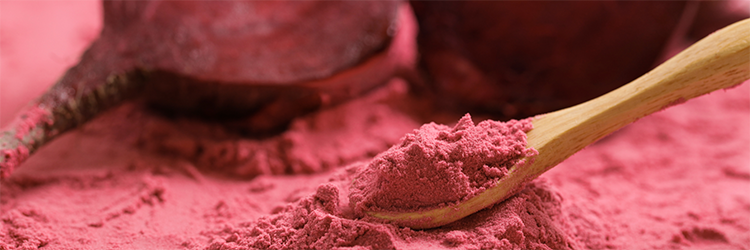
Many people new to working out set a weight gain goal. As an example, they may wish to gain 20 pounds of muscle in a year, which would equate to 0.38 pounds of weight gain progression per week.
But how much healthy weight gain in the form of muscle is really attainable weekly? Have there been scientific studies done on this topic? And do bodybuilders and fitness influencers overpromise in terms of how much muscle gain is possible over the course of a year?
In this article we’ll answer all of these questions and more, as we review the science behind muscle building and explain how much weekly weight gain progression as muscle is possible.
We'll cite some clinical studies on the topic, and give our take on why these numbers may seem low compared to what fitness magazines and other bodybuilding resources purport is possible.
How Many Surplus Calories to Eat
Many popular health articles on the topic of weight gain progression and muscle building provide uncited recommendations.
Our goal is to analyze clinical studies to determine what the ideal surplus calorie range is for muscle gain.
For individuals starting a weight training program, it's important to ensure that you're not eating too much excess calories daily, because every calorie consumed beyond metabolic baseline and the muscle-building limit will be turned into fat.
There is a difference between how much muscle men can expect to gain and how much women can, because of differences in biology.
A published in the Frontiers in Nutrition journal analyzed clinical data on how to maximize hypertrophy (muscle building) with diet and exercise.
The study authors found that a 350 to 480 daily increase in calories is optimal for weight gain progression in the form of muscle.
Individuals (or their trainers) can use that range as a base and then adjust caloric intake based on individual response.
A 2016 reported that experienced lifters (of both sexes) gained an average of 2.25 pounds of muscle over eight weeks while strength training. Their caloric intakes were not recorded.
An extremely thorough on caloric surplus and weight gain analyzed how overfeeding can be optimized for muscle gain.
The researchers suggest that an increase of around 400 calories daily combined with resistance exercise can translate into 4 to 5 pounds of muscle gain with no fat gain over an eight week period.
Based on this data, 400 additional calories per day seems optimal for people who are seeking weight gain progression in the form of muscle.
It's important to track metrics like body fat percentage if possible to further optimize, because each individual has a unique metabolism and some will need more or less calories than this surplus amount.
What's the Maximum Weekly Muscle Gain?
Based on the above studies, we can assume that a 400 calorie surplus daily, combined with resistance training, should result in a conservative weight gain progression of around 0.6 pounds of muscle per week.
We’re favoring the studies which actually measured caloric intake over the ones which only measured muscle gain, because it’s a more complete set of information.
It’s worth noting that individual responses to overfeeding (eating at a caloric surplus) vary drastically, and these numbers are just based on averages from the clinical studies in the previous section.
People seeking to gain muscle should also aim for a minimum of 20 grams (g) of protein post-workout.
As we discussed in our Premier Protein nutrition article, this is the minimum threshold for optimal muscle building after resistance exercise.
Will Surplus Calories Turn Into Muscle or Fat?
A popular fitness influencer named Thomas DeLauer has a video on the breakdown of surplus calories into fat and muscle, and shared some tips on how to structure a healthy weight gain progression that minimizes fat gain:
Why Are These Numbers So Low?
There’s a term in the bodybuilding community called “noob gains” which refers to how much muscle inexperienced weightlifters can put on when they first start training.
Some online articles, such as this one from the popular Tim Ferris blog, suggest that gaining 20 pounds of mostly muscle in a month or so is possible.
The maximum muscle gain numbers we've cited in this article may seem low because many people self-reporting their muscle gains aren’t considering that much of the “gains” are actually increased water weight and fat.
Biologically, it's nearly impossible for an individual not taking exogenous hormones to gain 20 pounds of lean muscle tissue over the span of a few weeks or even a few months.
Many "bulking" diets for weight gain include a high quantity of carbohydrates and sodium, both of which increase water retention.
This alone can make muscles appear bigger and more “full," and can cause weight to increase beyond muscle gains.
Actual lean tissue gains are generally more modest.






















































































































































































































































































































































































































































































































































































































































































































































































































































































































